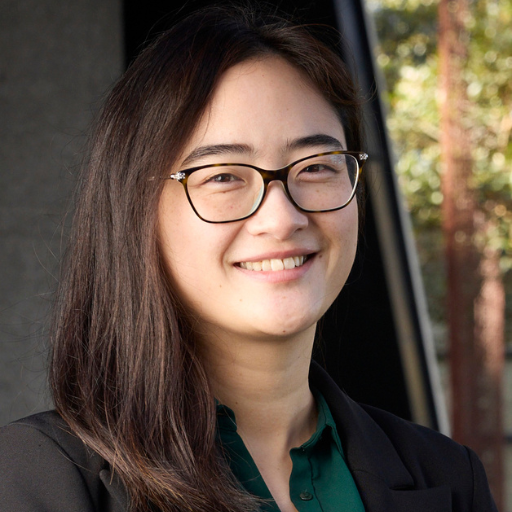Understanding the First Step in Central Vision: From Genes to Cellular Function to Therapy

About the Research Project
Program
Award Type
Standard
Award Amount
$200,000
Active Dates
July 01, 2019 - October 31, 2021
Grant ID
M2019131
Goals
Our everyday visual experience – including your ability to read this text – is dominated by signaling in a specialized region of the eye called the fovea, which constitutes an exquisite ‘high definition’ array of photosensors called cones that gives us humans a ‘high definition’ vision. Diseases that attack the fovea makes it almost impossible to carry out everyday tasks such as reading, writing, driving and recognizing faces. By providing the first detailed insight into how the sensors in the fovea work, we can devise treatments for eye diseases that affect the fovea and hence restore eyesight.
Summary
The goal of the proposed project is to understand how our high-definition central vision is initiated in the fovea (a specialization in the retina unique to diurnal primates) at the very first neurons of the visual system – cone photoreceptors – to not only devise better diagnosis for disease such as macular degeneration but also to leverage the fundamental knowledge of foveal signaling with designing therapeutic interventions such as stem cell based therapies as a way to ultimately cure such forms of blindness.
Aim 1 focuses on understanding the physiology of cone photoreceptors in the fovea and how they may differ in their function compared to the cones in the peripheral retina that mediate our peripheral vision. While we know that the cone photoreceptors form a dense array of pixels in the fovea and exhibit remarkable differences in their anatomy compared to the peripheral cones, we know very little about differences in their function. The experiments outlined in this aim will provide a detailed insight into how foveal cones are physiologically specialized for high-acuity vision and at the same time distinct from the cones that are responsible for peripheral vision.
In Aim 2, we will determine the underlying cellular and molecular mechanisms that give rise to differences in function between foveal and peripheral cone photoreceptors. We will identify how the biochemical process of converting light into electrical current, called phototransduction, is distinct between foveal and peripheral cones. This will not only link the molecular mechanism of phototransduction to the physiology of cone photoreceptors but also identify the heterogeneity of the phototransduction process which is one of the well-studied G-protein receptor signaling cascade in biology.
Vision impairment in macular degeneration is due to loss of foveal cone photoreceptors. A major effort in the field of human stem cell therapies has been to devise effective photoreceptor replacements for patients with macular degeneration. In Aim 3 we will use the knowledge gained from the above two aims about cone signaling in the fovea and use that as a baseline to measure and compare the physiology of human stem cell derived cone photoreceptors in collaboration with David Gamm’s lab at UW Madison.
Related Grants
Macular Degeneration Research
A Novel Implantable Device to Treat Wet Macular Degeneration
Active Dates
July 01, 2025 - June 30, 2028

Principal Investigator
Charles DeBoer, MD, PhD
Current Organization
Stanford University
Macular Degeneration Research
New Drug Delivery Approach to Transform Macular Degeneration Treatment
Active Dates
July 01, 2025 - June 30, 2028

Principal Investigator
Daisy Shu, PhD
Current Organization
University of New South Wales
Macular Degeneration Research
Innovative Night Vision Tests for Age-Related Macular Degeneration
Active Dates
July 01, 2024 - June 30, 2027

Principal Investigator
Maximilian Pfau, MD
Current Organization
Institute of Molecular and Clinical Ophthalmology Basel (Switzerland)



